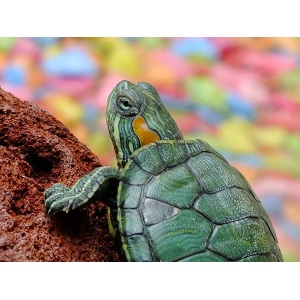
Animals in Schools
If you plan to have an animal in your classroom, whether it’s a class pet or for a hands-on learning experience, be aware of the potential hazards and resulting risks

If you plan to have an animal in your classroom, whether it’s a class pet or for a hands-on learning experience, be aware of the potential hazards and resulting risks

Laser, flame and solar safety are critical components of learning.
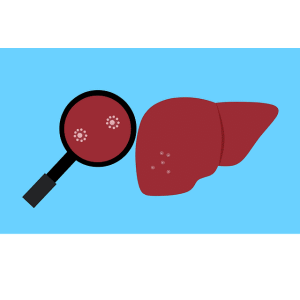
BBP diseases include hepatitis B (HBV), hepatitis C (HCV) and human immunodeficiency virus (HIV).
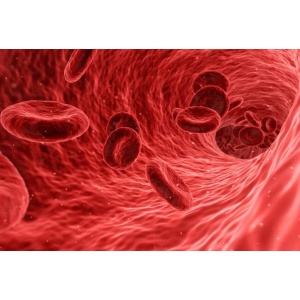
Bloodborne pathogens are infectious microorganisms in human blood that can cause disease in humans.

Many teachers have plants in their classrooms for both decorative and educational purposes. Plants that are known to be safer may be brought into the classroom; and plants known to
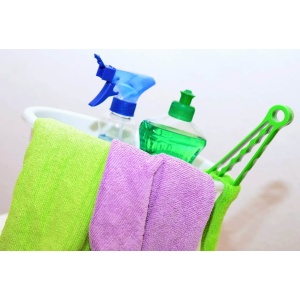
Cleaning and promoting hand hygiene are important everyday actions schools can take to slow the spread of COVID-19 and other infectious diseases and protect students and staff.
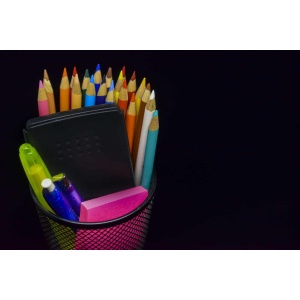
School staff and school leaders are required to actively anticipate foreseeable harm to students and to others in the school.
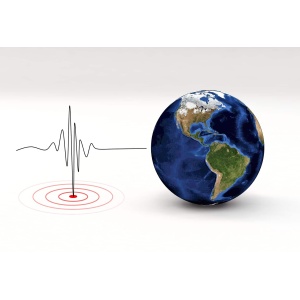
Earthquake safety measures and response plans in science classes are intended to augment the school’s general emergency/disaster plans.
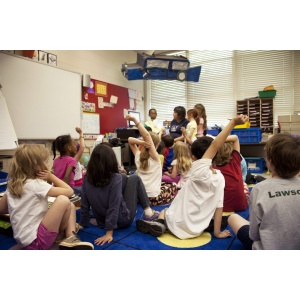
Resource library for elementary school science and STEM educators and administrators. Legal safety standards noted in these resources may vary from state to state depending on what have
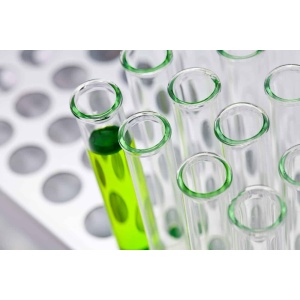
In this module you will evaluate risk, thinking about the relative hazards for any class of compounds you work with, determining appropriate procedures, choosing protective equipment and safely performing experiments
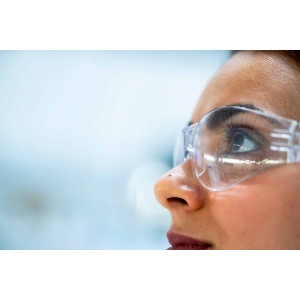
Eye protection is necessary in all science classes in which there are biological, chemical and physical hazards present at the elementary, middle and high school level.
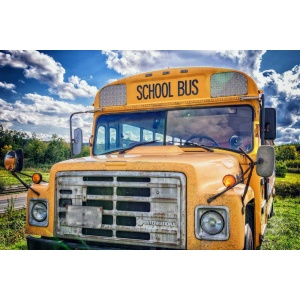
A well organized field trip, with carefully planned activities, greatly enhances the safety and educational value for all participants.
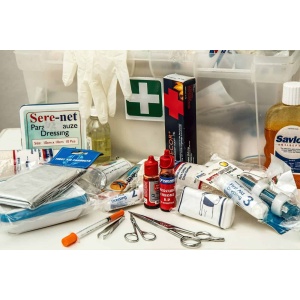
First aid is the first and immediate assistance given to any person suffering from either a minor or serious illness or injury, with care provided to preserve life, prevent the

Get started with the Science Safety platform and modules.
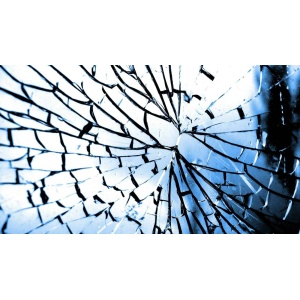
Glassware is one of the most commonly used kinds of equipment in science laboratories. In this module you learn about lab safety rules when using and handling glassware to avoid
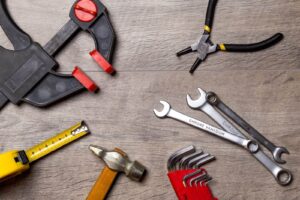
In this module, you learn about tool selection, demonstration, usage, and storage.
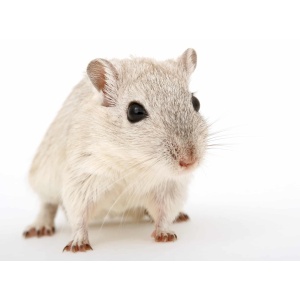
Many classrooms benefit from the use of live animals in the classroom and use this as a springboard for student curiosity into the living world surrounding them. Explore the various
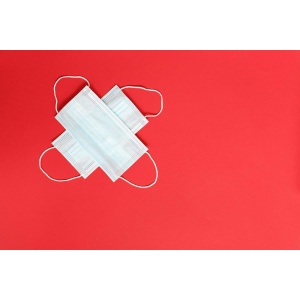
Masks are a simple barrier to help prevent your respiratory droplets from reaching others. Studies show that masks reduce the spray of droplets when worn over the nose and mouth.

Each term ALL staff members should inspect their classrooms and laboratories and notify appropriate authorities of any hazards.

Working with paper airplanes sounds unthreatening; however, there are some things to take into account when teaching.
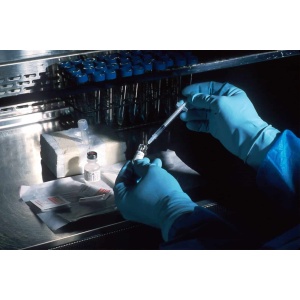
Commonly referred to as “PPE”, is equipment worn to minimize exposure to hazards that cause serious workplace injuries.
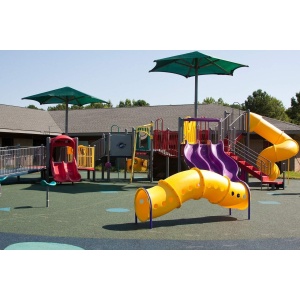
A playground should be a place where children can play and have fun, not a place where serious injuries occur. Some of these tragedies can be attributed to deliberate misuse

This module includes examples of safety pre-planning suggestions and recommended safety protocol that students and parents need to be aware of and should follow for

The use of a remote safety acknowledgement is absolutely important when performing any science or STEM activities off-site to help minimize liability and to ensure that safety is still a

All employees who have or potentially have exposure to hazardous materials have a Right to Understand the hazards associated with these items. There are multiple legal regulations concerning this including
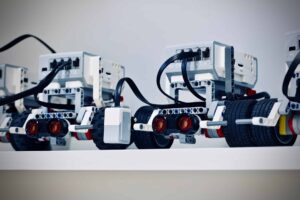
In this module, we will discuss safety training related to robots, including risk assessments and best practices.
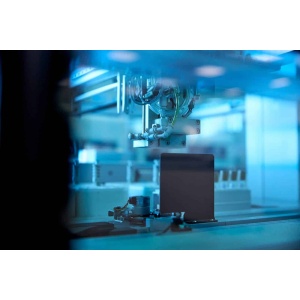
Safety operating procedures in elementary science and STEM programs.
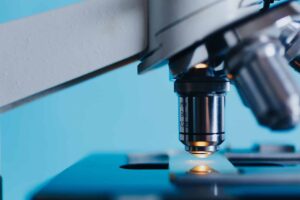
Sanitizing, disinfecting and providing a safer hygienic environment for teaching and learning is the focus of this module using procedures and practices from trusted health authorities as guidance for better
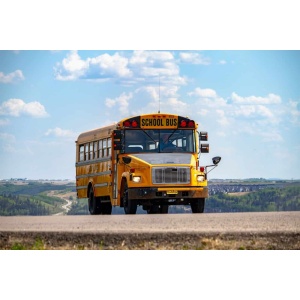
According to the National Highway Transportation Safety Administration, school buses are one of the safest forms of transportation. But there are still dangers, particularly before and after riding the bus.
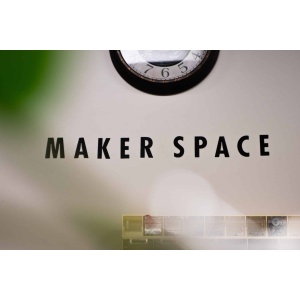
Some of the makerspace hazards, including the ultrafine particles generated during 3D printing, have not been fully characterized to date. With this in mind, careful review of the processes, development
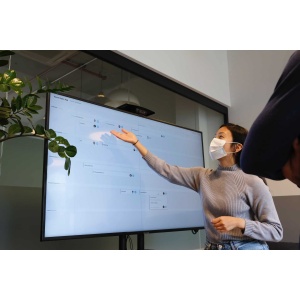
Science activities, as all content area lessons which require active student involvement, carry special concerns for safety. In this module you will learn how to assess the level of safety
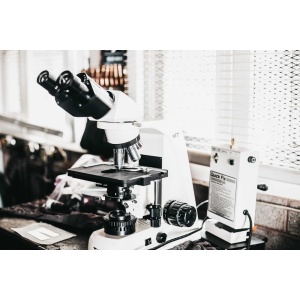
This module addresses safety concerns around chemicals, electricity, and glassware.

Slips, trips, and falls cause nearly 700 fatalities per year and many more injurious accident in the workplace according to the Bureau of Labor Statistics. In this module you learn

Light from the sun, even during eclipses of the sun, is harmful when viewed directly. In this module you learn about how students can observe the daytime sky and eclipses
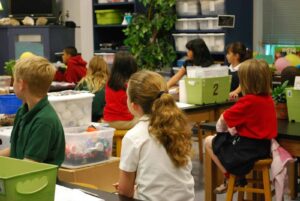
Planning your STEM program and activities will take some thought and time, but the results will be much richer learning and deeper understanding (safely) for your students. Designed for elementary
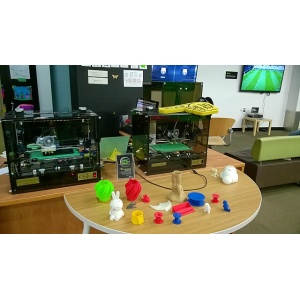
Like science labs, STEM Labs (science, technology, engineering, and math) require STEM lab safety and security measures, with an emphasis on safety training, personal protective equipment (PPE), standard operating procedures,

Explore strategies to support students with Autism Spectrum Disorder that have been successful for other educators in science and STEM.
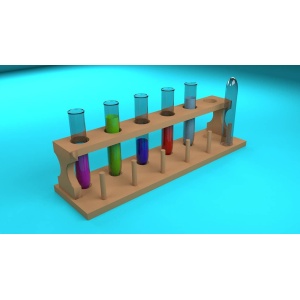
Students with disabilities face access challenges to typical science labs in K-12 and postsecondary settings.
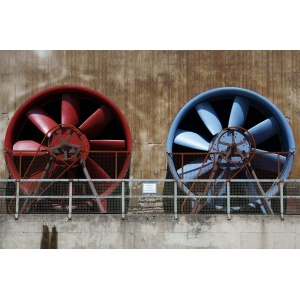
Ventilation in a laboratory is critical for a safe and healthy operation. Little or no ventilation can allow the build up of harmful vapors, respiratory symptoms and more.
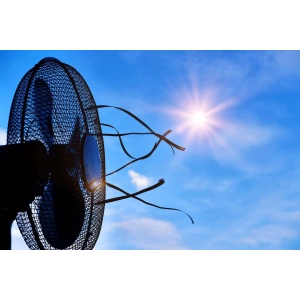
Proper ventilation is a key prevention strategy for maintaining healthy environments and, along with other preventive actions, can reduce the likelihood of spreading disease.
There was a problem reporting this post.
Please confirm you want to block this member.
You will no longer be able to:
Please allow a few minutes for this process to complete.